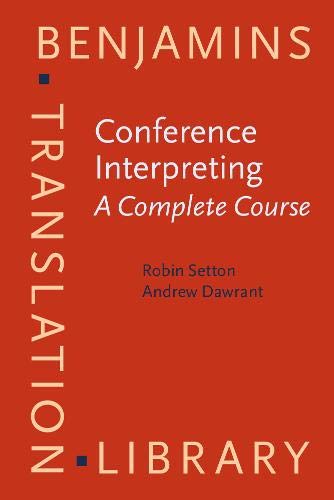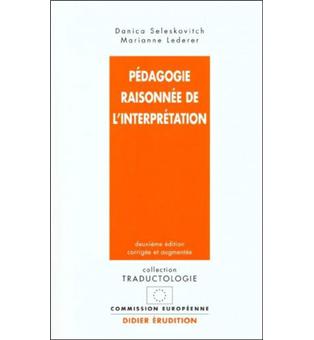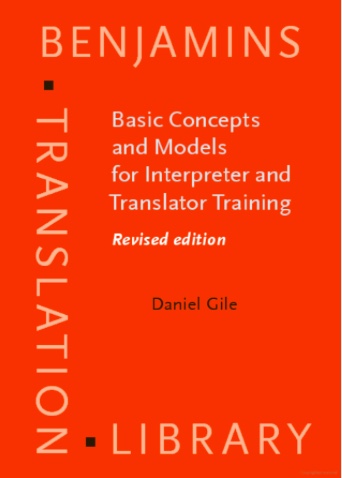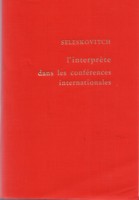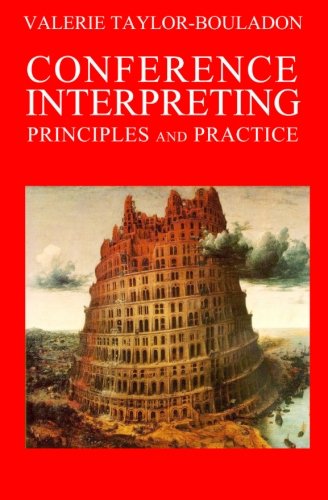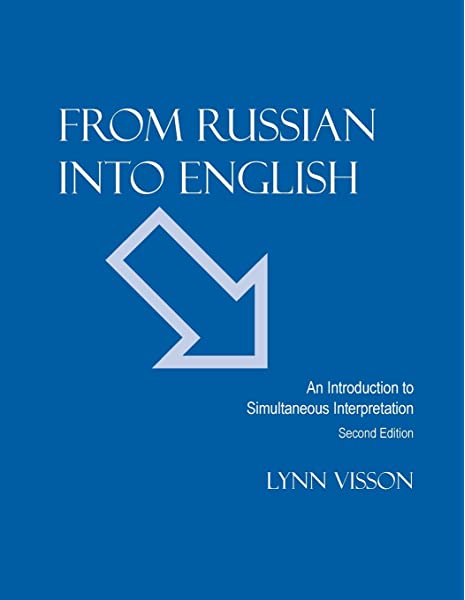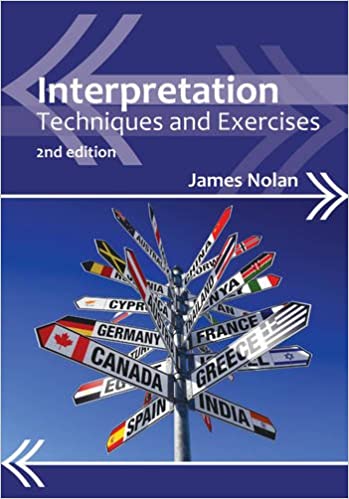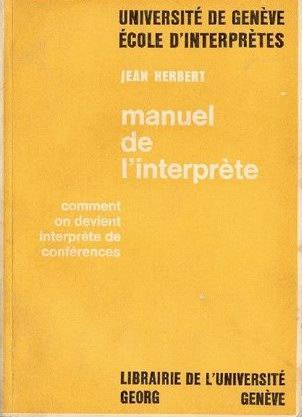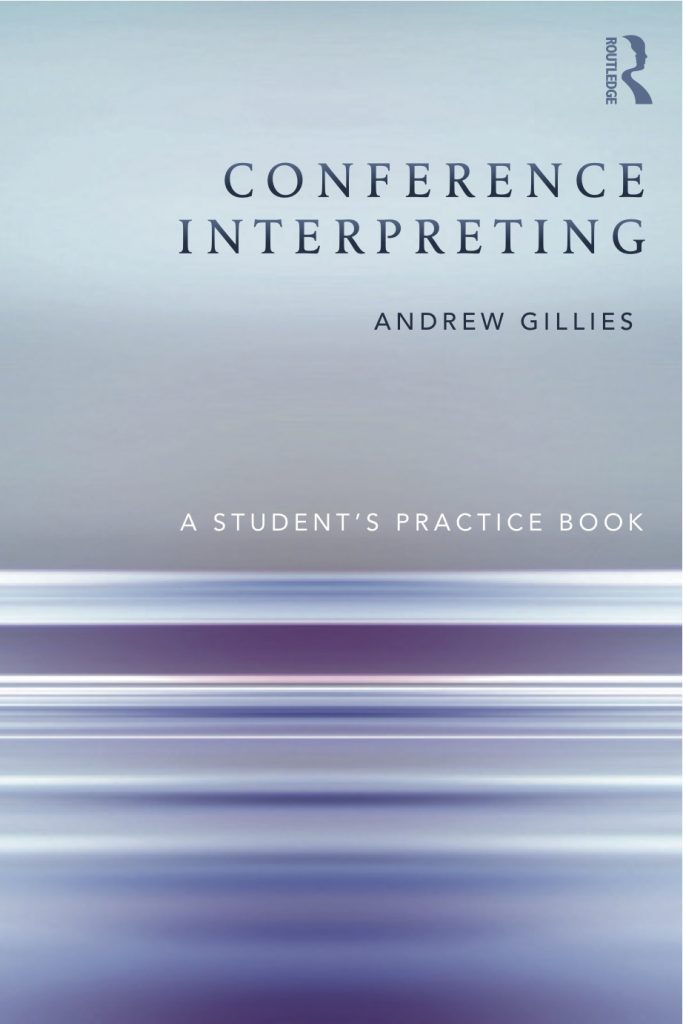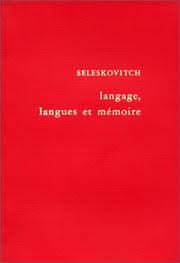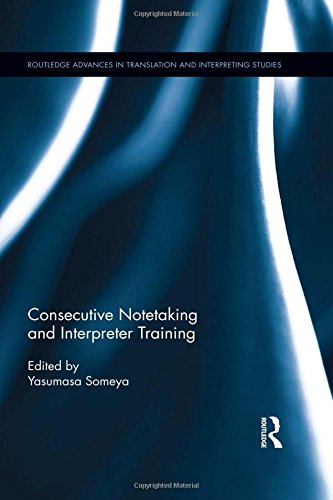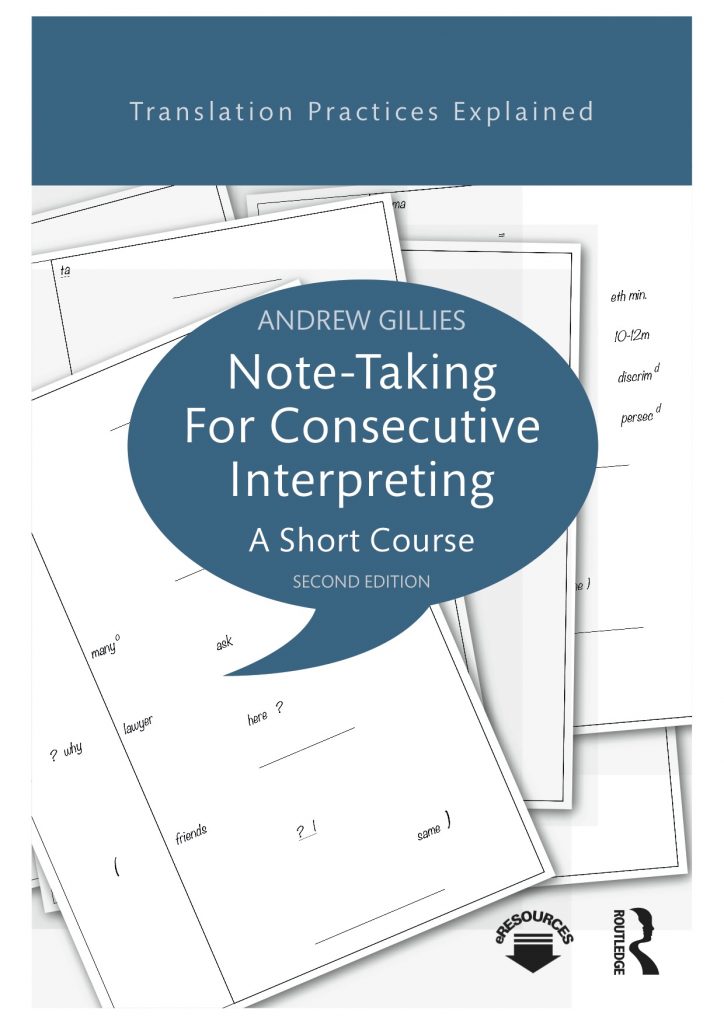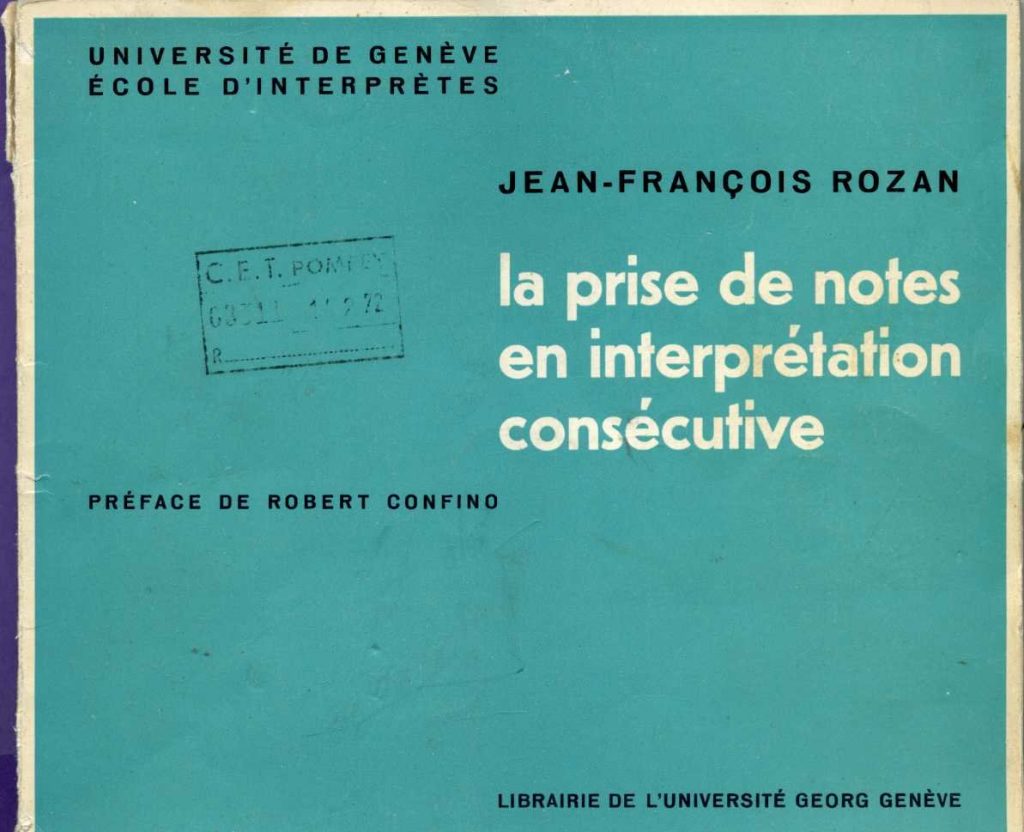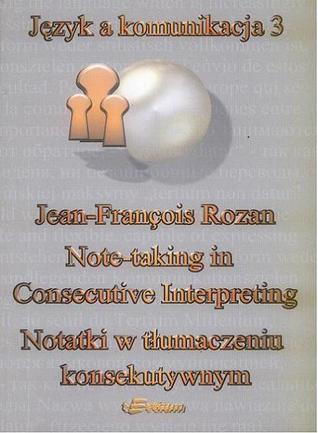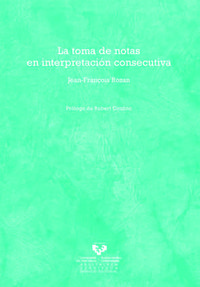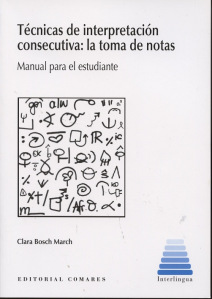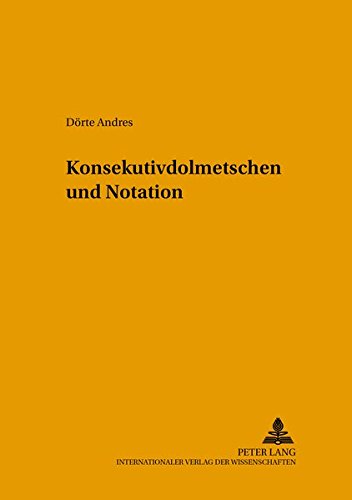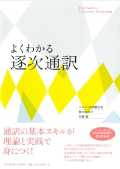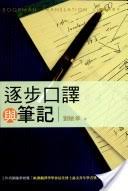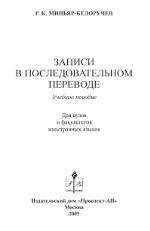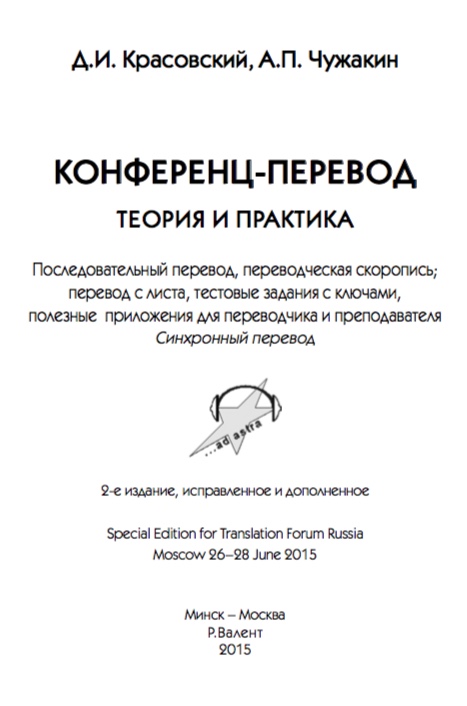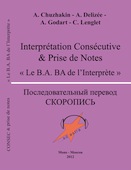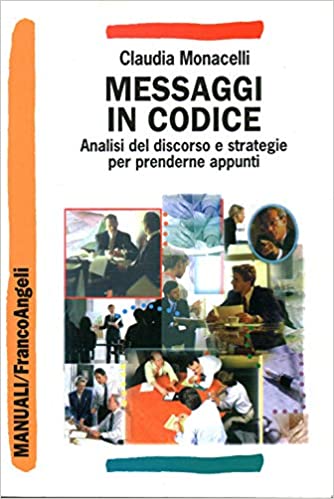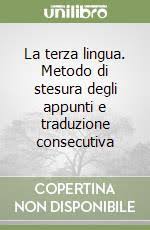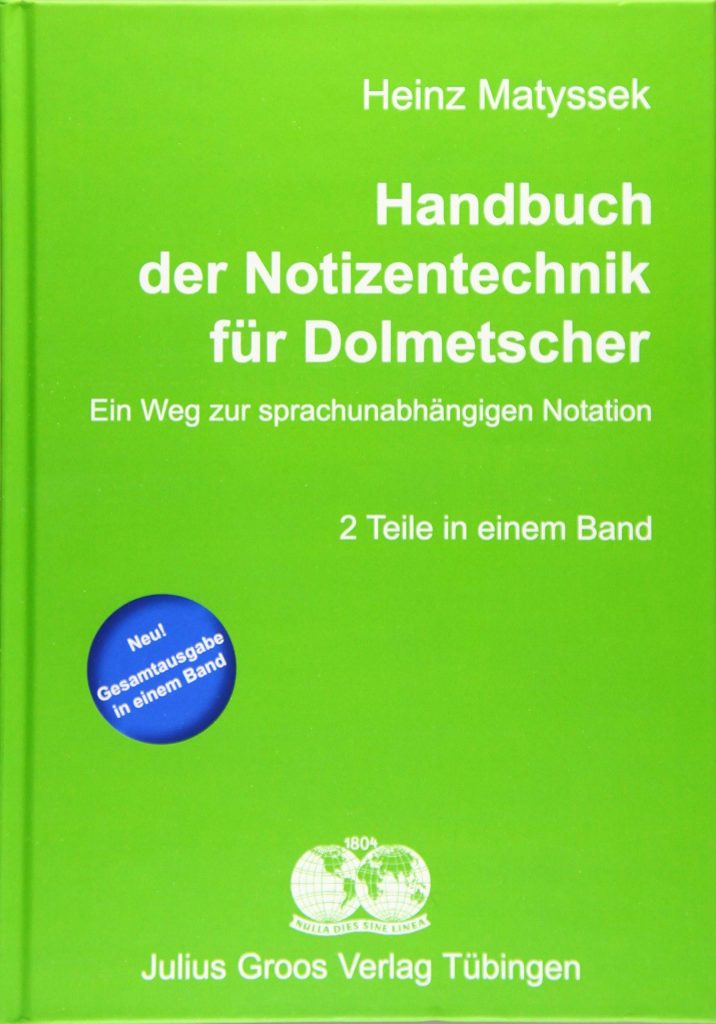The following review of Roderick Jones’ book, Conference Interpreting Explained, appeared in the ITI bulletin June 24th 1998.
Conference Interpreting Explained. Roderick Jones. Paperback, 152 pages. Routledge Publishing, 1998.
To find out more about Roderick Jones, click here!
Despite the front-cover illustration of brightly coloured parrots (a publisher’s joke?), the author of this volume is a forthright opponent of word-for-word substitution in interpreting. Indeed, I realised as early as paragraph two of the introduction that he and I were on the same wavelength, when I read that “interpreting is about communication”.
This book is part of a series, edited by Anthony Pym, entitled “Translation theories explained”. Yet it is (intentionally) an almost entirely practical guide, barely touching on theoretical issues. The fairly brief but well-focused annotated bibliography would, as its compilers point out, serve as a springboard for anyone wishing to explore more theoretical aspects of this discipline and its overlap with translation research. Perhaps, rather than treating interpreting as a totally separate activity, it might have been helpful to approach it via the basic similarities and differences with translating.
I found three aspects of presentation somewhat irritating. 1) A wealth of (fictitious) illustrative examples are given – in English throughout – but it is not immediately apparent when these are intended to represent a foreign language, so word order can be most odd. A different tvpeface would have clarified which is which. 2) A couple of typographical errors have crept into this first edition. I was much amused by one in particular, given the context: “delegates going at their speech(es) hammer and tongues(sic)”. 3) In scrupulous devotion to politically correct language, the author litters his text with monstrosities such as “the interpreter has to mobilise all their resources”.
Much of the content of the first of three main chapters, Basic Principles of Consecutive Interpreting, applies equally to the simultaneous mode. The whole process is broken down into three stages: understanding, analysing and re-expressing. Attention is drawn to the need for active , listening, the analysis of speech types and links, the identification of the main ideas (“who does/says/thinks what and when?”) and the use of memory. The interpreter’s ‘ role as a public speaker is stressed. At the start of chapter two, entitled Note-taking in Consecutive Interpreting, we are properly informed that notes “are not an end in themselves, but a means to an end”. Jones draws heavily here on what he describes as “Rozan’s epoch-making book” published in 1956, and one infers that he is personally more inclined to follow Rozan’s “minimalist” approach to abbreviations and svmbols than Matyssek’s “maximalist” approach. He also expresses a slight preference for notes to be taken mainly in the target, rather than source, language. Chapter three, Simultaneous Interpreting, begins by emphasising that the same basic intellectual activities are required as in consecutive, but that there is a need to cope with two added difficulties: the unnatural practice of speaking and listening at the same time, and the fact that the interpreter does not know where the speaker is heading. Many helpful strategies are proposed: how to cope with long, convoluted sentences (slice them up = according to the “salami technique”, and process “units of meaning”), metaphors, savings and numbers, as well as fast speakers – a11 persistent bugbears in the booth. There is even advice for interpreters working in “retour”, i.e. out of their mother tongue, or as “relays”, i.e. where one interpretation is used as a source for others. (All such terms are explained in a glossary and cross-referenced to the appropriate point in the text.)
Jones cannot be faulted on his approach to consecutive interpreting, which is almost identical to my own. I was, however, slightly perturbed by his recommendation ‘ to correct a speaker who makes what the interpreter judges to be a mistake, or to tone down certain comments. The author does admit that this is a “very moot point”. Much of what the book says about the simultaneous mode corresponds like-wise to my own views, and I imagine that a1l colleagues would endorse the list of Golden Rules. The most disappointing section is the surprisingly brief one on cultivating split attention, where the advice basically amounts to “concentrate as hard as you can and keep going”. The longest section of all is devoted to reformulation of a speaker’s utterance in simultaneous interpreting, the merits of which are indisputable – so as to avoid working on “autopilot” – but perhaps over-stressed here: I am not convinced that starting a sentence in the same way as the speaker is so wrong. Jones does say, however, that with experience this technique becomes second nature. The advice on how to simplify when dealing with highly technical material is sound, but might strike some as controversial. Where I do disagree with the author is on his recommendation that all structuring elements (“I should like to make three comments….. 1 should be conveyed in consecutive but not in simultaneous – in case the speaker fails to stick to his/her plan. Surely delegates should be given the benefit of the doubt. Nor can I agree to dismiss occurrences of unknown words out of context (“I should now like to talk about hops”) as “so rare as to be not worth worrving about”. Finallv, subjects such as personal suitability, professional ethics, teamwork, etc., are touched on only in passing and might perhaps have merited a short chapter.
A11 in all this is a down-to-earth, straightforward book which describes what happens on the job and offers useful advice on technique. Although it could on no account serve as a teach-yourself manual – and is certainly not intended as such – it provides a valuable insight into the profession and meets a real need. I would not hesitate to recommend it to students of interpreting and to all those linguists who wonder how on earth we cope with the German verb.
Janet Altman


